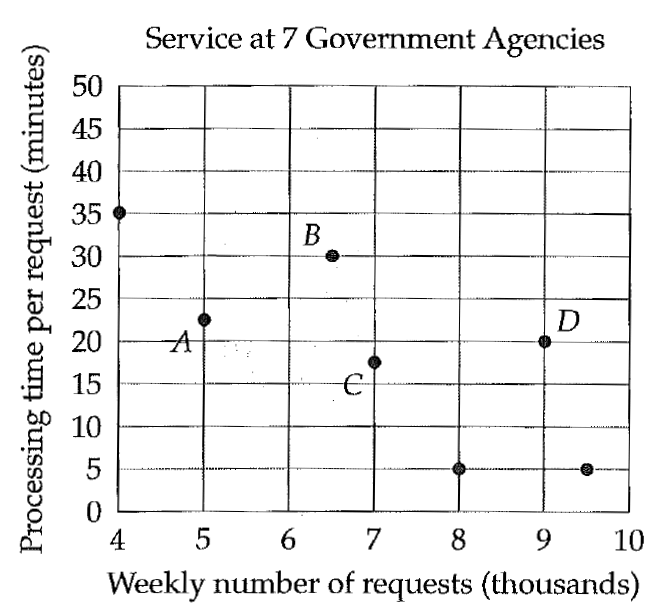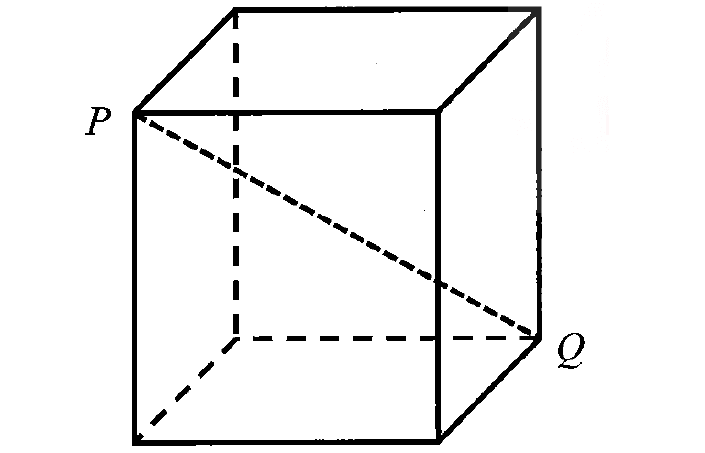USE DIFFERENTIALS TO FIND AN APPROXIMATE VALUE FOR THE GIVEN NUMBER
Here we are going to see how to use differentials to find an approximate value for the given number.
f(x + Δx) = f(x) + dy
To find approximate value of the given number using derivatives, we use the formula given above.
here "x" stands for the number for which we may find the exact value nearest to the given number.
"Δx" stands for the remainder part of the given number.
Let us look into some examples to understand the above concept.
Example 1 :
Use differentials to find the approximate value of ∛65
Solution :
f(x + Δx) = f(x) + dy
We cannot find cube root of the number 65, but we may find the cube root of the number 64 nearest 65.
So, x = 65 and Δx = dx = 1
Let y = f(x) = ∛x = x1/3
First let us find the value of "dy"
y = x1/3
dy/dx = (1/3)x1/3 - 1
dy = (1/3)x-2/3 dx
dy = (1/3)(64)-2/3 (1)
Applying the values of "x" and "dx".
= (1/3)4-2
= 1/3(16)
= 1/48
The value of dy is 0.208333...
f(x) = x1/3
f(64) = 641/3 = (43)1/3 = 4
The value of f(64) is 4.
f(x + Δx) = f(x) + dy
f(64 + 1) = f(64) + dy
f(65) = 4 + 0.2083333......
= 4.208333........
Hence the approximate value of ∛65 is 4.0283333.....
Example 2 :
Use differentials to find the approximate value of √36.1
Solution :
f(x + Δx) = f(x) + dy
We cannot find square root of the number 36.1, but we may find the cube root of the number 36 nearest 36.1.
So, x = 36 and Δx = dx = 0.1
Let y = f(x) = √x = x1/2
First let us find the value of "dy"
y = x1/3
dy/dx = (1/2)x1/2 - 1
dy = (1/2)x-1/2 dx
dy = (1/2)(36)-1/2 (0.1)
Applying the values of "x" and "dx".
= (1/2)6-1 (0.1)
= (1/2)(1/6)(0.1)
= 0.1/12
= 0.008333.......
The value of dy is 0.008333333...........
f(x) = x1/2
f(36) = 361/2 = (62)1/2 = 6
The value of f(36) is 6.
f(x + Δx) = f(x) + dy
f(36 + 0.1) = f(64) + dy
f(65) = 6 + 0.008333333......
= 6.00833333........
Hence the approximate value of √36.1 is 6.008333333....
Kindly mail your feedback to v4formath@gmail.com
We always appreciate your feedback.
©All rights reserved. onlinemath4all.com
Recent Articles
-
Digital SAT Math Problems and Solutions (Part - 153)
Apr 29, 25 12:18 PM
Digital SAT Math Problems and Solutions (Part - 153) -
Digital SAT Math Problems and Solutions (Part - 152)
Apr 28, 25 11:54 AM
Digital SAT Math Problems and Solutions (Part - 152) -
Digital SAT Math Problems and Solutions (Part - 151)
Apr 26, 25 11:18 AM
Digital SAT Math Problems and Solutions (Part - 151)

